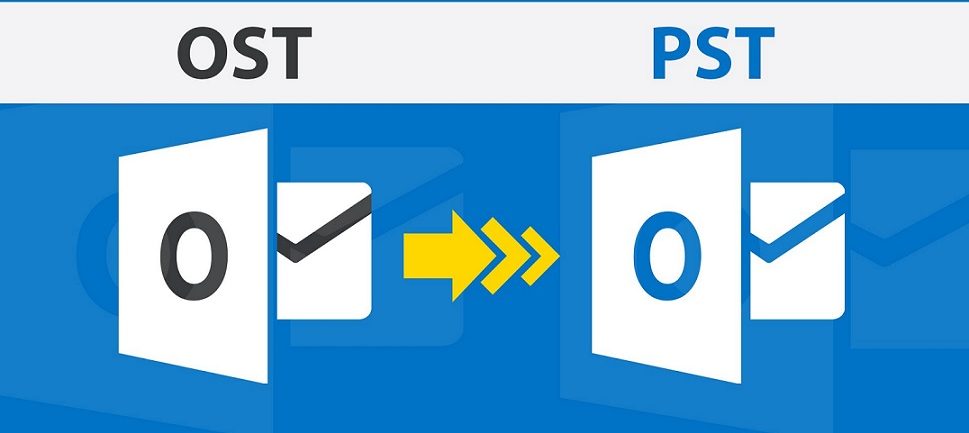If you still consider PR and marketing to be two very separate fields, think again. That’s very old-school thinking now. The new reality is that PR and marketing are both concerned with developing and protecting the company’s reputation. They often collaborate in sending out messages through social media or the company website. You can get the best results for your firm when you combine the services of a public relations agency New York with your marketing department to enhance your company’s image and reach in the marketplace.
The Merging of Roles: PR and Marketing
It was earlier thought that marketing was concerned with boosting sales, overseeing the advertising department in developing promotional materials, and getting information from customers through surveys and focus groups, while the role of PR was to safeguard the company’s reputation. Today both these roles have merged. Now the majority of communications about a firm are a joint effort between these two departments.
When PR and marketing work together, they perform much better in giving a positive image of the business and its brands. It helps bring better cohesion and consistency to corporate communications. It also increases the credibility of these messages and adds to their visibility.
Why is there a Disconnect between PR and Marketing?
Just for a moment, think of a situation where two respected music artists are practicing for a joint event. But they are in separate rooms and have different ideas on how to impress the audience. The violinist focuses on perfecting their solo piece, wanting to impress with technical mastery. Meanwhile, the pianist practices a separate, catchy melody designed to get the audience tapping their feet.
This, unfortunately, is how PR and Marketing departments often operate in many companies. Despite being part of the same organization, they work in isolation, with distinct goals and tools that can sometimes create a discordant brand message.
Let’s explore the reasons why this siloed approach exists
Different Goals and Objectives
The overall objective of a PR department is to build a good image for the business and make the public aware of its brands. They search for opportunities to get the company’s name in the news, create a positive rapport with media groups, and promote its position as a thought leader in the industry. On the other hand, the marketing department is concerned with lead generation and sales promotion. They want to attract potential customers and make them buyers of the brands.
Different Metrics
Measuring success can be very different for PR and Marketing. PR professionals track Earned Media, such as mentions in news articles, social media buzz, and positive online reviews. Marketing looks at Paid Media results like website traffic generated from ads or the number of leads captured through marketing campaigns. This difference makes collaboration difficult when the two teams present their achievements.
Different Measurement Approaches
PR is more concerned with qualitative data which helps analyze media sentiment and brand perception. Marketing relies more on quantitative data, for instance, the number of hits and , conversions on websites, which will bring in sales revenue. Both forms of data are valuable. However, the lack of a unified approach makes it difficult to measure the overall impact of combined PR and Marketing efforts.
Internal Communication Silos
One of the biggest reasons for the lack of coordination is that the two departments do not communicate with each other regularly or share their insights. PR and marketing teams work independently and do not know about each other’s goals or planned activities. This creates missed opportunities for collaboration and brand messages that are inconsistent.
Why Bridging the Gap Matters
Since PR and marketing are both concerned with building the image of the company and its brands, they have complementary skills that will help design rich and engaging messages that drive results.
Writing strong, high-quality messages can appeal to the target audiences and help establish the company as a thought leader in the industry.
PR professionals need to identify the niche influencers, editors, reporters, and other online contributors who speak to their target audiences. They then need to form relationships with these groups.
After they have determined what type of communication is relevant, PR and marketing professionals can help media contacts meet these needs by pitching stories that are more likely to engage readers.
Strategies for Collaboration Between PR and Marketing
But wait, the divergence between PR and Marketing doesn’t have to be permanent. You can implement the following strategies to bridge the gap between these two departments, leading to better brand communication. Here’s how to do it.
1. Promote Better Communication
Establish Open Channels
It’s best to start with clear and consistent channels of communication between PR and marketing teams. You should regularly schedule meetings, both formal and informal to allow them to brainstorm, measure progress, and correct courses of action if required. It helps to use project management tools or communication platforms so that everyone is aware of what’s happening.
Create a Shared Vision:
You can break down departmental barriers by promoting a shared vision for the brand. You can organize workshops or retreats where both teams can discuss overall goals and objectives. It will create a sense of unity and ensure that everyone is working towards the same big picture.
2. Align Goals and Objectives
Set up a United Front:
You should move beyond separate goals by establishing joint objectives that cover both brand awareness and lead generation. For instance, a product launch campaign could involve PR securing media coverage that highlights the product’s benefits (brand awareness), while Marketing creates targeted ads to capture leads from interested readers.
Choose Metrics that Matter:
You must develop a unified measurement system that considers both earned and paid media impact. This will involve assigning a value to positive media mentions or tracking website traffic generated from earned media coverage. By combining these metrics, you can get a clearer picture of the overall effectiveness of your communication efforts.
Read: Why use GIFs in Marketing? The Ultimate Guide
3. Create Collaborative Content
Synergize the Content Calendar:
You should develop a content calendar that integrates PR-worthy content and marketing initiatives. PR teams can provide insights into trending topics and stories that would resonate with journalists and influencers. Marketing, on the other hand, can offer data on high-performing content formats and target audiences. This collaboration ensures that PR-generated content is not just informative but also strategically positioned to attract potential customers.
Leverage Expertise:
PR executives can profit from using marketing data. They can better relate to the interests and common characteristics of their target audiences, enabling them to further perfect their approach to reach the relevant influencers and media channels. In return, using PR information on how customers perceive the brand and what they think while using it will give a clue to marketing teams about how to draft messages that will encourage customer engagement.
Conclusion
We have seen how the collaboration between PR and marketing can be beneficial to the organization. Achieving better cooperation through aligned goals and unified measurement techniques will develop synergies, leading to better financial results and enhanced corporate reputation.









